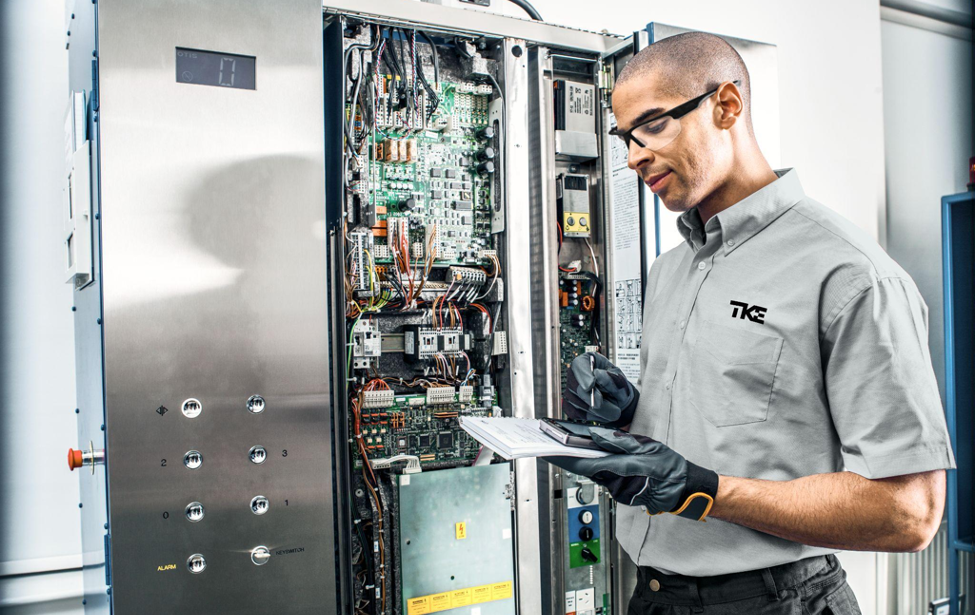Canada has an astonishing number of elevators from coast to coast. For example, there are approximately 60,000 elevators in Ontario, 21,000 of which are located in residential buildings.
That’s a LOT of elevators.
If you’re looking to move into a residential building, chances are that it will be equipped with an elevator. The quality and reliability of an elevator will affect your day-to-day routine, safety, and well-being. Technical experts from all NEEA member companies have collaborated to develop a holistic guide of questions you should ask when considering a building with an elevator as your next home.
Source: Schindler
The number of elevators, their age, size, and typical rates of usage will all impact your living experience in a building. It is also important to have a good understanding of past and future maintenance and modernization efforts. Outdated elevators that are frequently being serviced or require consistent repair will disrupt your schedule and may pose risks. Your health and well-being is a priority — it is imperative that the maintenance contractor is reputable and reliable.
Source: Schindler
Original Equipment Manufacturer (OEM) Maintenance Companies provide ongoing support to repair technicians as well as upgrades of components and software. NEEA member companies (KONE, Otis, Schindler, and TK Elevator) are all OEMs. They deliver unparalleled technology and service that meets residential needs efficiently and effectively.
NEEA is proud to be the industry voice and primary source for information on elevators across the country. Follow this link to find our full list of recommended questions and answers: What to Look For in a Building









